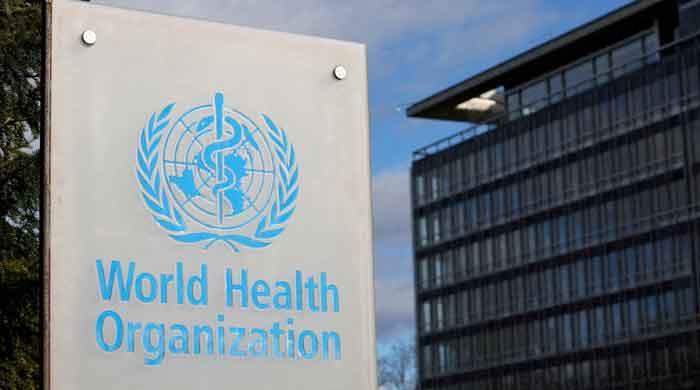22 people test positive for HIV in Sargodha village
The health department conducted test on as many as 80 people including women and children, among whom 22 were tested positive
February 15, 2018
SARGODHA: As many as 22 people were tested positive for HIV AIDS in the remote area of Kot Imrana of Sargodha district on Thursday, confirmed Chief Executive Punjab Health Department Dr Nusrat Riaz.
The health department conducted the test on as many as 80 people, including women and children, out of which 22 were tested positive.
According to Dr Riaz, the health tests were conducted on the direction of Punjab Chief Minister Shehbaz Sharif.
The doctors dispatched by the provincial government suspect that the virus broke out in the village due to a local practitioner, Allah Ditta, who himself was an AIDS patient.
“Allah Ditta was himself an AIDS patient, he was an addict and is known for using used syringes. Now he has expired, he was the main reason for the outbreak.”
Meanwhile, the chief minister has ordered blood test of every person living in the village.
AIDS claimed a million lives in 2016, almost half the 2005 toll that marked the peak of the deadly epidemic, according to a UN report published on July 20, 2017.
Experts warned, however, that much of the progress can be undone by growing resistance to HIV drugs.
Unless something is done, drug-resistant virus strains may infect an extra 105,000 people and kill 135,000 over the next five years, and boost treatment costs by $650 million (560 million euros), said the World Health Organization (WHO).
"We could get 2.4 million new people on treatment" in 2016, UNAIDS Executive Director Michel Sidibe told journalists in Paris. "We are saving lives."
The report said AIDS-related deaths have fallen from 1.9 million in 2005 to one million in 2016, adding that "for the first time the scales have tipped."
The year 2016 saw 1.8 million new infections, almost half the record number of some 3.5 million in 1997, said UNAIDS.
In total, 76.1 million people have been infected with HIV, the virus that causes AIDS, since the epidemic started in the 1980s. Some 35 million have died.
"As we bring the epidemic under control, health outcomes are improving and nations are becoming stronger."
As yet, there is no HIV vaccine or cure, and infected people rely on lifelong anti-retroviral therapy to stop the virus replicating.
Without treatment, HIV-infected people go on to develop AIDS, a syndrome that weakens the immune system and leaves the body exposed to opportunistic infections such as tuberculosis, and some types of cancer.
Treatment carries side effects and is costly, but allows infected people to be healthier for longer.











